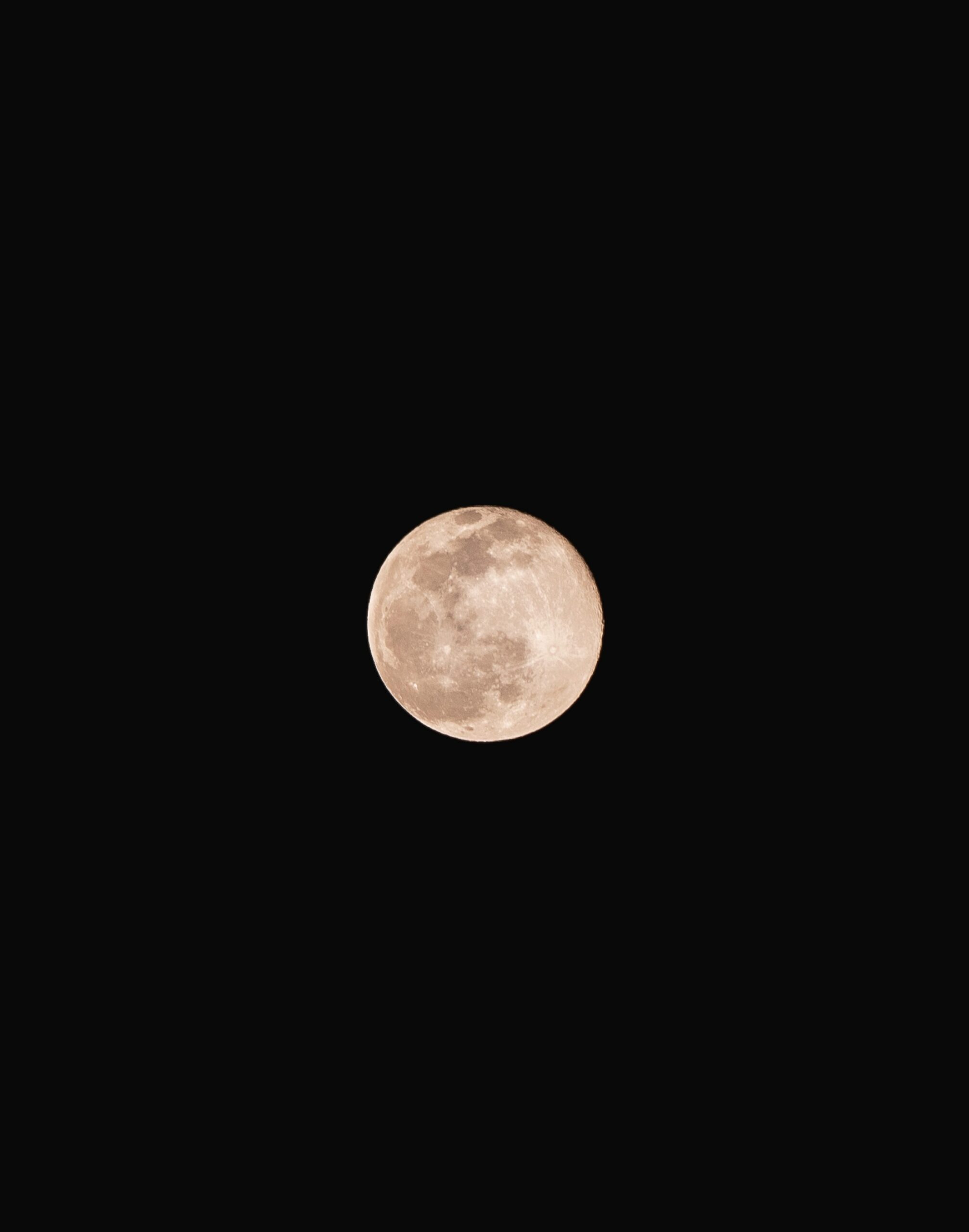Search for the earliest galaxies in the universe
The massive cluster of galaxies called SMACS 0723 distorts the light from objects lying behind it, allowing a deep look into extremely distant, faint galaxy populations, allowing one to look much deeper into the early Universe, probably well over 13 billion light-years away out. One speaks of a so-called gravitational lens, which makes it possible to make the most distant structures visible for the first time, "including star clusters and diffuse features" that are to be explored more thoroughly. "Researchers will soon begin to learn more about the mass, age, history and composition of galaxies as Webb searches for the earliest galaxies in the Universe," NASA said in presenting this first image.
The US space agency Nasa wants to present more images on Tuesday from 4:30 p.m. CEST. For example, color images of the Carina Nebula have been announced. One of the largest and brightest nebulae in the sky, this is located 7,600 light-years away in the southern constellation of Carina. Nebulae are so-called star nurseries in which stars form. And the Carina Nebula is home to many massive stars many times larger than the Sun. Also to be presented is the giant Jupiter-like planet WASP-96 b. It orbits its star almost 1150 light-years from Earth in just 3.4 days. And that despite having about half the mass of Jupiter. He was discovered in 2014.
Even the Hubble telescope delivered spectacular images
Also announced are images of the Southern Ring Nebula, or Eight Burst Nebula. This is an expanding cloud of gas surrounding a dying star. It is nearly half a light-year across and about 2,000 light-years from Earth. The Stephans Quintet in the constellation Pegasus – the first compact galaxy group ever discovered – should also be visible. It is about 290 million light years away. Four of the five galaxies within the quintet are "locked in a cosmic dance of repeated close encounters," according to the galaxy group discovered in 1877.
These images mark the beginning of the scientific work of the James Webb telescope. This was launched on December 25 on board an Ariane launch vehicle from the European space station in Kourou in French Guiana – as the successor to the legendary Hubble telescope, which has been providing spectacular images of the universe for more than three decades. Among other things, this included the “Hubble Extreme Deep Field”, which shows around 5500 galaxies whose light took up to 13.2 billion years to reach Earth. But the new "Webb's First Deep Field" surpasses the Hubble images in depth and sharpness, according to the astronomers.
Findings from the time “shortly after the Big Bang”
From the James Webb telescope, the scientists hope to gain insights into the early universe, which according to current knowledge is 13.8 billion years old. One wants to research how the universe looked about 300 million years after the Big Bang. "Discoveries will be made that we don't yet suspect," says Klaus Jäger from the Max Planck Institute for Astronomy in Heidelberg about the Webb telescope. It will “simply open up gigantic new windows and new possibilities,” hopes the director of science at the European space agency Esa, Günther Hasinger.
Among other things, the researchers expect to be able to look deep into the formation regions of new stars and planets via the infrared radiation once emitted by astronomical objects. These are hidden behind dense cosmic clouds of dust and gas. The James Webb telescope should also provide informative results when searching for distant planets. This is done using spectroscopy, which makes it possible to take a chemical fingerprint from any point in space. At a distance of up to a thousand light years, one should be able to analyze, for example, whether water is possible on a distant planet and whether there is a second “blue planet” like Earth somewhere in space.
Dpa/Nasa/Adriana Manrique Gutierrez
This illustration shows the James Webb Space Telescope fully deployed in space.
1.5 million kilometers from Earth
The James Webb telescope took 30 years to develop and cost the equivalent of around 8.8 billion euros. It is a joint project between the American, Canadian and European space agencies – Nasa, CSA and Esa. After its launch, the telescope took several weeks to reach its fixed location in space. This is 1.5 million kilometers from Earth at a so-called Lagrange point – one of five points in the solar system "where gravity cancels out", as Günther Hasinger explained.
The telescope's mirror is 6.5 meters tall and required months of thorough alignment. Several scientific instruments also had to be activated and tested. The opening of the sun protection was also a very complicated procedure. This is about the size of a tennis court.



